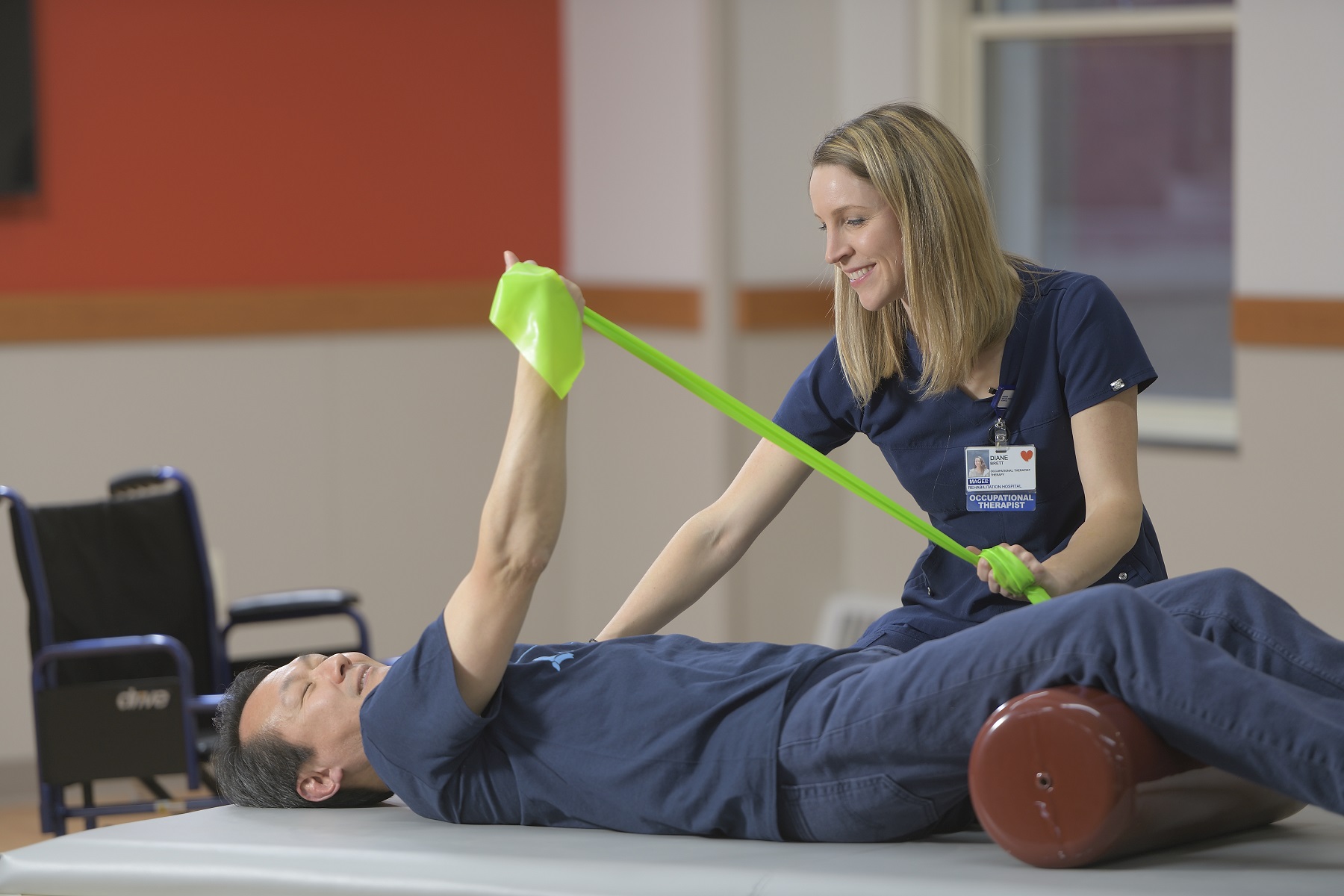Investigating the Varied Techniques of Physical Rehabilitation for Enhanced Healing and Rehabilitation
Investigating the Varied Techniques of Physical Rehabilitation for Enhanced Healing and Rehabilitation
Blog Article
Physical rehabilitation is an essential discipline that assists individuals heal from injuries, surgeries, and various health issues. It entails a range of techniques aimed to enhance mobility, reduce pain, and enhance overall physical capability. Physical practitioners are qualified experts who evaluate each client’s requirements and develop customized treatment plans. These plans often include workouts, hands-on therapy, and education about body movements. By using these diverse techniques, physiotherapy can substantially improve a person’s quality of living.
One frequent method used in physical is therapeutic activity. This includes targeted actions and activities that assist build muscles, improve range of motion, and boost endurance. For instance, a client recovering from knee surgery may perform exercises that concentrate on restoring strength in the leg muscle groups. These activities are carefully selected based on the patient’s condition and goals. By incrementally increasing the intensity and challenges of the activities, physiotherapy therapists can help clients regain their strength and movement over time.
Another important method is hands-on therapy, which comprises physical methods to adjust the body’s soft muscles and joints. This can entail flexibility exercises, mobilization, and manipulation. Hands-on therapy seeks to relieve discomfort, minimize swelling, and enhance circulation. For example, a therapist may use light pressure to relieve tension in stiff muscle groups or to assist a articulation move more smoothly. This method is often combined with other therapies to enhance rehabilitation and promote recovery. Clients often consider manual therapy to be a soothing and effective way to control their discomfort.
In furthermore to exercises and hands-on therapy, education plays a vital role in physiotherapy. Therapists teach clients about their conditions and how to handle them effectively. This may entail guidance on correct posture, physical mechanics, and strategies to prevent subsequent injuries. For instance, a therapist might demonstrate a patient how to lift weighty objects properly to avoid injuring their back. By enabling patients with understanding, physical practitioners help them assume an active part in their recovery and promote long-term wellness and well-being.
Ultimately, technology is progressively being incorporated into physical methods. Tools such as sonography, electrical impulses, and immersive reality can improve conventional therapy methods. These technologies can assist reduce discomfort, promote recovery, and provide interactive ways for patients to engage in their rehabilitation. For instance, virtual reality can generate immersive settings for patients to practice actions in a controlled and protected setting. As advancements continues to evolve, it provides exciting opportunities for improving recovery outcomes in physical.
In conclusion, physiotherapy encompasses a range of methods that work in unison to support rehabilitation and healing. Through rehabilitative activities, hands-on therapy, client education, and the application of technological tools, physical practitioners provide holistic care customized to each individual’s requirements. This holistic approach not only helps clients regain their bodily abilities get more but also enables them to maintain their health in the long-term run. As an increasing number of people acknowledge the advantages of physical, it remains to play a vital part in the journey toward improved well-being and fitness.